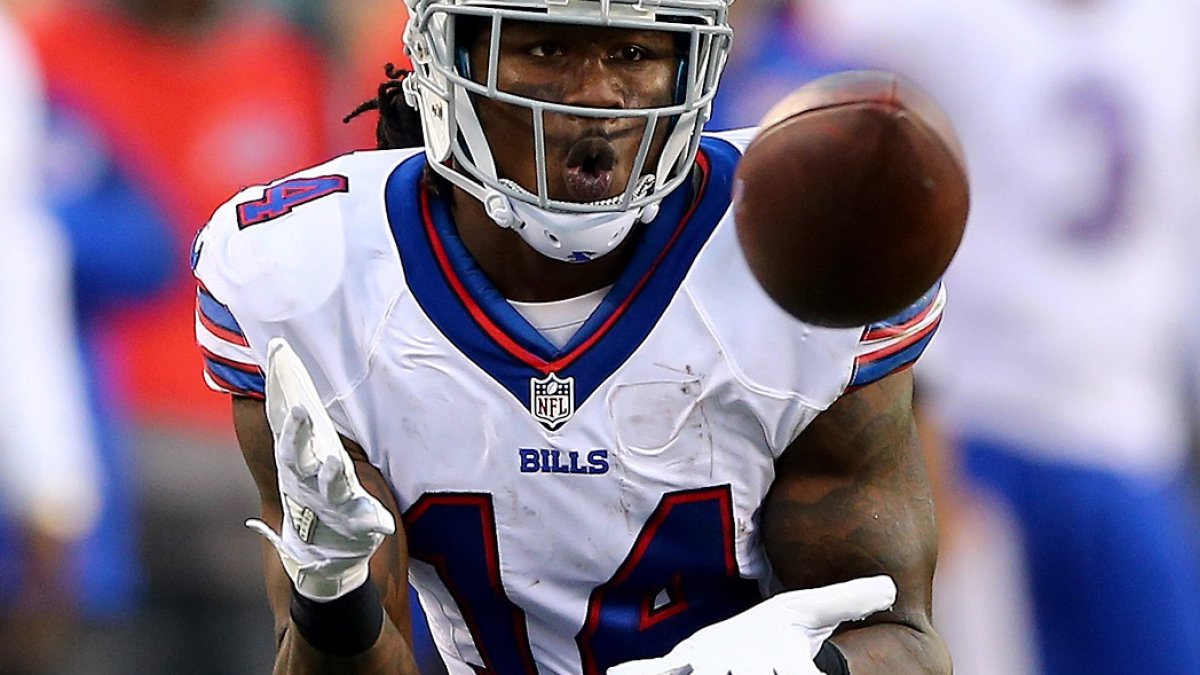In the world of fantasy football, we love to decide what motivates players and what doesn’t. We have a treasure trove of incredible data to rely on (which, by the way, a lot of it is now available to you for the first time ever), but for some reason, we overanalyze some of the more random happenings.
That’s why this Narrative Street series exists.
In fantasy football, we often refer to the “contract year” as some extra form of motivation for the player. A “contract year” is a year in which a player is on the last year of their current contract.
The thought process is simple: The player is set for a big pay day the following offseason, so they will play better during their contract year in order to maximize their worth on the open market.
The narrative: Players perform better during contract years because they are extra motivated.
In many ways, this is similar to the “Angry Tom Brady” or “Revenge Game” narratives. We assume reasons for added motivation, and then we also assume that the extra motivation leads to increased performance.
When it comes to contract years — is it true? We’re going to break it down position-by-position, starting with wideouts.
The research
I looked at all (relevant) wideouts who played during a contract year every season since 2010. This gave me a list of 45 players (some duplicates) to study.
I examined each player’s performance before, during, and after their contract seasons is four key efficiency categories: points per snap, points per opportunity, yards per target, and fantasy points per game. (See full list below.)
PPS, PPO, and YPT give us the most importance efficiency metrics, while PPG gives us a look at raw output.
Exclusive content for premium subscribers

WANT TO KEEP READING?
Dominate Fantasy Football & Betting with AI-Powered Data & Tools Trusted By All 32 Teams
Already have a subscription? Log in



 © 2025 PFF - all rights reserved.
© 2025 PFF - all rights reserved.